Which 360 Camera ?
There are several popular 360 cameras available in the market, including the GoPro Max, Insta360 One R, Ricoh Theta Z1, and the Insta360 One X. Each camera has its own unique features and specifications, so it ultimately depends on your specific needs and preferences. It is recommended to research and compare the different models to determine which 360 camera would be the best fit for you.
1、 Resolution and Image Quality
When it comes to 360 cameras, there are several options available in the market, each with its own unique features and capabilities. To determine the best camera for you, it is important to consider factors such as resolution and image quality.
Resolution plays a crucial role in capturing detailed and sharp images. Higher resolution cameras tend to produce better quality images, allowing for more immersive and realistic experiences. Some popular 360 cameras known for their high resolution include the Insta360 Pro 2, GoPro MAX, and the Ricoh Theta Z1. These cameras offer resolutions ranging from 5.7K to 8K, ensuring stunning image quality.
Image quality is not solely dependent on resolution, but also on factors like dynamic range, color accuracy, and low-light performance. Cameras like the Insta360 ONE R and the GoPro MAX are known for their excellent image quality, thanks to their advanced image processing capabilities and high-quality lenses.
It is worth noting that the technology in 360 cameras is constantly evolving, with new models being released regularly. The latest point of view is that cameras like the Insta360 ONE X2 and the GoPro HERO9 Black have gained popularity for their improved image quality and user-friendly features. These cameras offer high resolutions, advanced stabilization, and enhanced low-light performance, making them ideal choices for capturing immersive 360 content.
Ultimately, the choice of a 360 camera depends on your specific needs and budget. It is recommended to research and compare different models to find the one that best suits your requirements in terms of resolution and image quality.
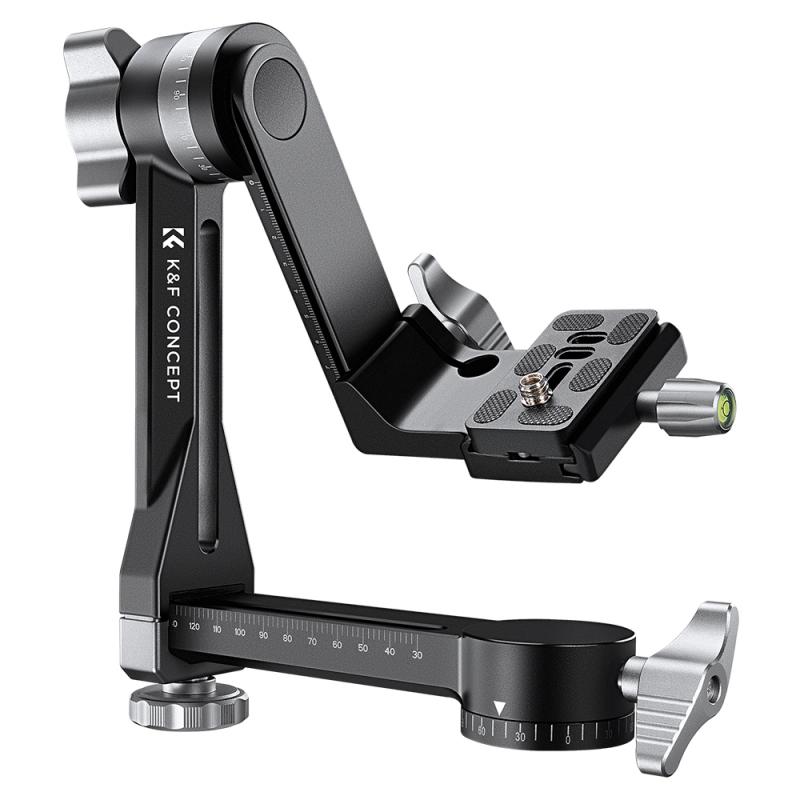
2、 Field of View and Lens Type
Which 360 camera you choose depends on your specific needs and preferences. There are several factors to consider, including the field of view and lens type.
Field of view refers to the extent of the scene that the camera can capture. A wider field of view allows for more immersive and panoramic shots, while a narrower field of view may be more suitable for capturing specific details. Some popular 360 cameras with wide field of view include the GoPro Max, Insta360 One R, and Ricoh Theta Z1.
Lens type is another important consideration. Different lenses can produce different image quality and distortion levels. Fisheye lenses are commonly used in 360 cameras as they can capture a wide field of view, but they may introduce some distortion. Other cameras use multiple lenses to capture a 360-degree image without distortion. For example, the Insta360 One X2 uses two lenses to capture high-quality footage with minimal distortion.
It's also worth considering the latest advancements in 360 camera technology. For instance, some cameras now offer features like 8K resolution, improved stabilization, and live streaming capabilities. The Insta360 One X2, for example, boasts FlowState stabilization, which ensures smooth footage even in fast-paced action shots.
Ultimately, the best 360 camera for you will depend on your specific needs and budget. It's important to research and compare different models to find the one that suits your requirements in terms of field of view, lens type, and any additional features you may desire.
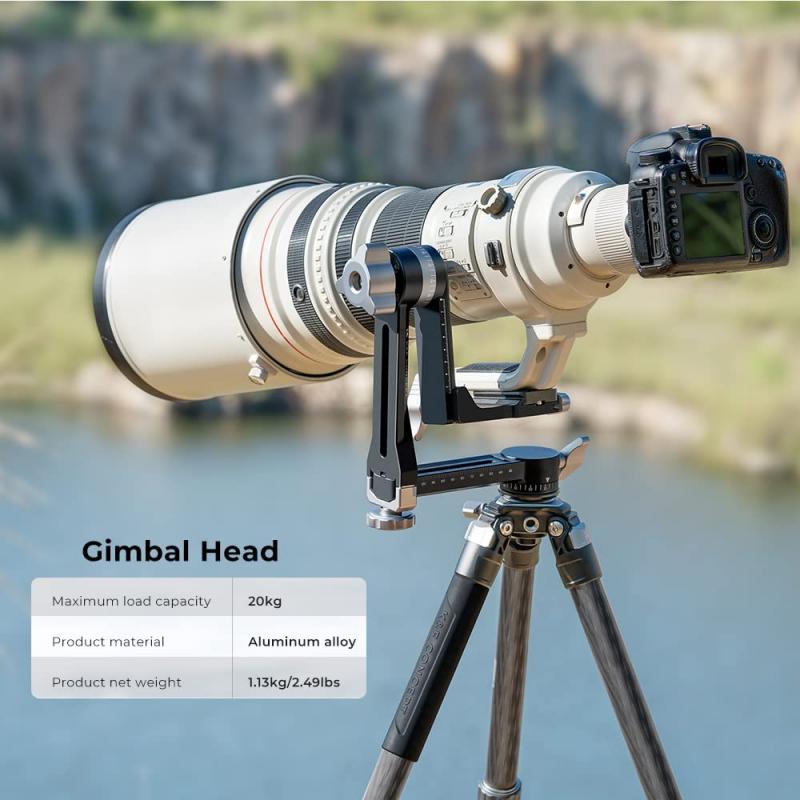
3、 Stitching and Image Processing
When it comes to stitching and image processing in 360 cameras, there are several options available in the market. The choice of the camera depends on various factors such as budget, desired image quality, ease of use, and specific requirements.
One popular option is the Insta360 Pro 2. It is equipped with advanced stitching and image processing capabilities, allowing for seamless stitching of images and videos. The camera uses real-time image stitching technology, which ensures that the final output is of high quality and free from any visible stitching lines. It also offers various post-processing options, such as color correction and stabilization, to enhance the overall image quality.
Another notable camera is the GoPro Fusion. It utilizes a proprietary software called Fusion Studio, which offers powerful stitching and image processing capabilities. The software automatically stitches the footage from the two lenses, resulting in a seamless 360-degree image or video. It also provides options for adjusting exposure, color, and other parameters to achieve the desired look.
The latest addition to the market is the Insta360 ONE R. This camera features a modular design, allowing users to switch between different lens modules, including a 360-degree module. The camera uses advanced algorithms to stitch the footage from the two lenses, providing a high-quality 360-degree image. It also offers various post-processing options, such as reframing and stabilization, to enhance the final output.
In conclusion, there are several options available for stitching and image processing in 360 cameras. The choice depends on individual preferences and requirements. The Insta360 Pro 2, GoPro Fusion, and Insta360 ONE R are all excellent choices, offering advanced stitching and image processing capabilities.
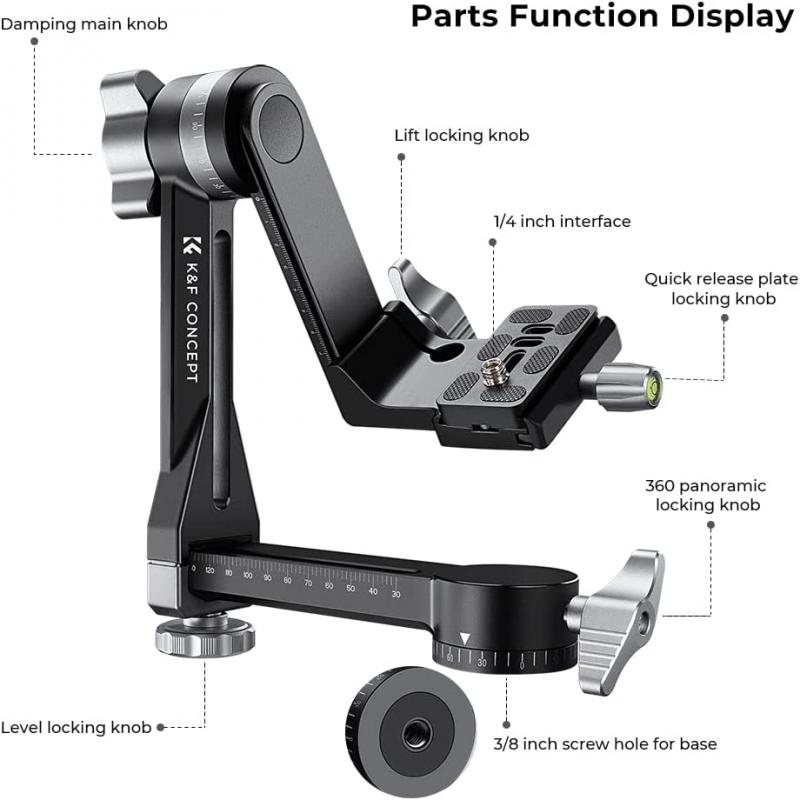
4、 Connectivity and Compatibility
When it comes to connectivity and compatibility, there are several 360 cameras that stand out. One popular option is the Insta360 ONE R. This camera offers a variety of connectivity options, including Wi-Fi and Bluetooth, allowing you to easily transfer your footage to your smartphone or other devices. It is also compatible with both iOS and Android devices, making it accessible to a wide range of users.
Another great option is the GoPro MAX. This camera also offers Wi-Fi and Bluetooth connectivity, allowing for easy file transfer. It is compatible with both iOS and Android devices, and it even has a dedicated mobile app that allows you to control the camera remotely and edit your footage on the go.
The Ricoh Theta Z1 is another 360 camera that excels in connectivity and compatibility. It offers Wi-Fi and Bluetooth connectivity, as well as USB and HDMI ports for easy file transfer and live streaming. It is compatible with both iOS and Android devices, and it also has a dedicated mobile app for remote control and editing.
Lastly, the Garmin VIRB 360 is worth mentioning. It offers Wi-Fi and Bluetooth connectivity, and it is compatible with both iOS and Android devices. It also has a dedicated mobile app that allows for remote control and editing.
In terms of the latest point of view, it is important to note that connectivity and compatibility are constantly improving in the world of 360 cameras. Manufacturers are continuously working to enhance the wireless capabilities of their cameras and make them compatible with a wider range of devices. Additionally, advancements in technology are allowing for faster and more seamless file transfer, making it easier than ever to share your 360 content with others.
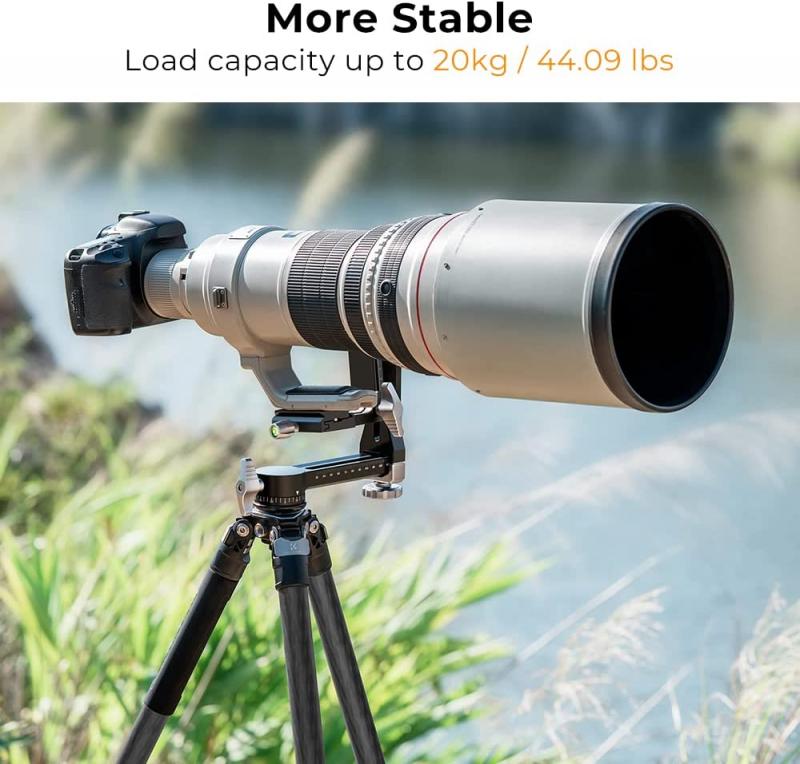



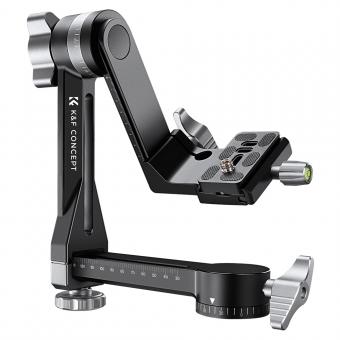
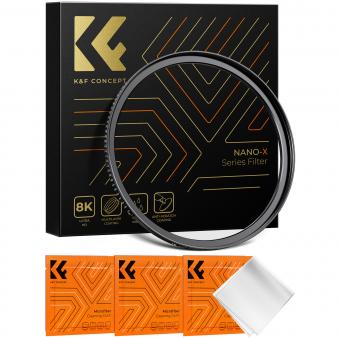




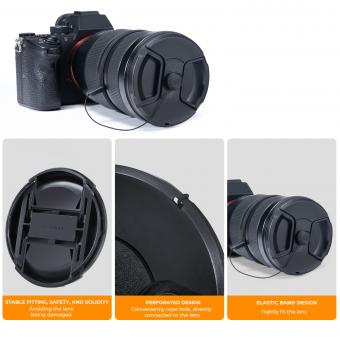

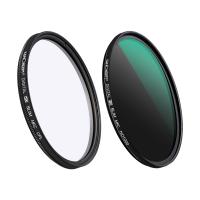
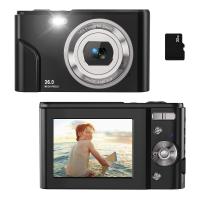


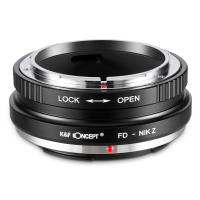

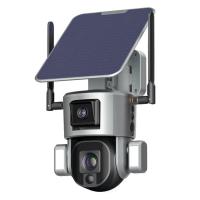
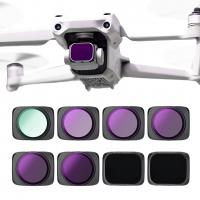
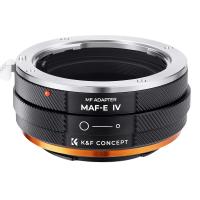
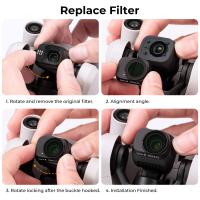
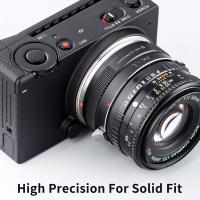

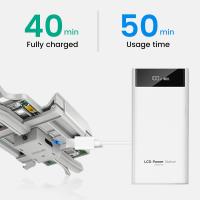

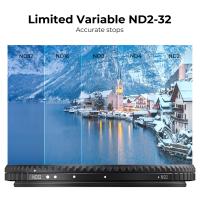




There are no comments for this blog.